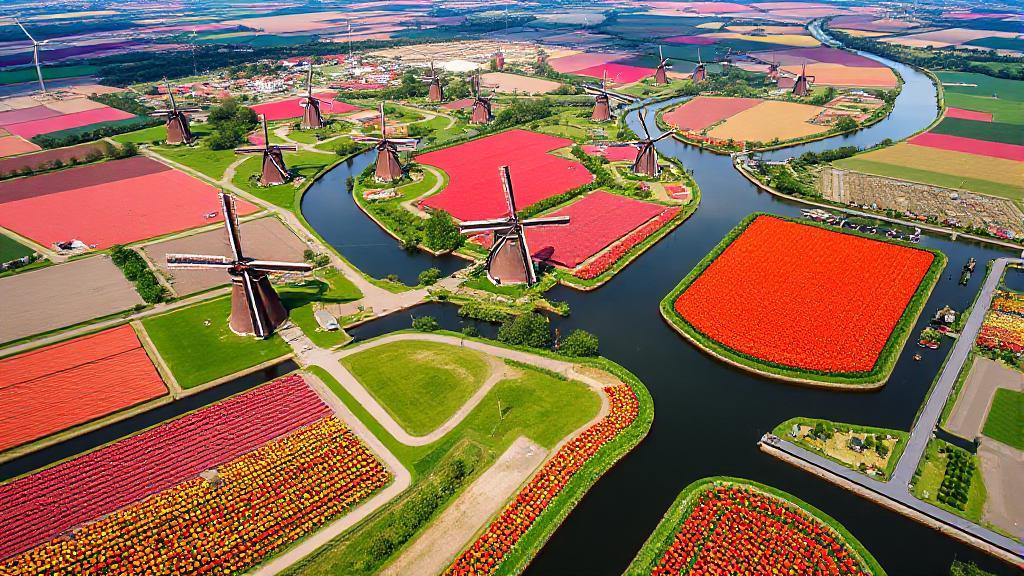Understanding the Geography of the Netherlands
When people refer to "Holland," they are often talking about the Netherlands, a country located in Western Europe. However, the term "Holland" is technically incorrect when used to describe the entire country. Let's explore the geographical nuances of the Netherlands and clarify where Holland fits into the picture.
Geographic Location and Borders
The Netherlands is situated in northwestern Europe, bordered by:
- Germany to the east
- Belgium to the south
- North Sea to the north and west
Physical Characteristics
The country is known for its distinctive features:
- Low-lying terrain (25% below sea level)
- Extensive canal systems
- Complex network of dikes and water management
- Dense urban development
- Rich agricultural land
- Coastal dunes along the North Sea
Climate
The Netherlands experiences:
- Temperate maritime climate
- Mild winters
- Cool summers
- Frequent rainfall
- Strong coastal winds
The Provinces of the Netherlands
The country is divided into 12 provinces:
- Drenthe
- Flevoland
- Friesland
- Gelderland
- Groningen
- Limburg
- North Brabant
- North Holland
- South Holland
- Overijssel
- Utrecht
- Zeeland
Holland: Understanding the Region
Holland specifically refers to two provinces within the Netherlands:
North Holland
- Capital: Haarlem
- Major City: Amsterdam (national capital)
- Notable Features: Vibrant cultural scene, historic architecture, Zaanse Schans windmills
South Holland
- Capital: The Hague
- Major City: Rotterdam
- Notable Features: Dutch government seat, International Court of Justice, Rotterdam Port
Major Cities and Regional Areas
The Netherlands includes several distinct regions and important cities:
- The Randstad: Urban agglomeration including Amsterdam, Rotterdam, and The Hague
- The Wadden Sea: Shallow northern sea known for unique wildlife
- The Veluwe: National park featuring heathlands and forests
"Holland" became commonly used to refer to the entire Netherlands due to the significant economic and maritime power of these two provinces during the Dutch Golden Age.
Tourism and Cultural Significance
Popular tourist attractions include:
- Rijksmuseum in Amsterdam
- Kinderdijk windmills in South Holland
- Keukenhof gardens in Lisse
- Various national parks
For more information about visiting the Netherlands, you can explore the official tourism website or visit the official government website.
The Dutch government officially promotes using "the Netherlands" rather than "Holland" when referring to the country. However, due to historical significance and global recognition, "Holland" remains widely used internationally.
